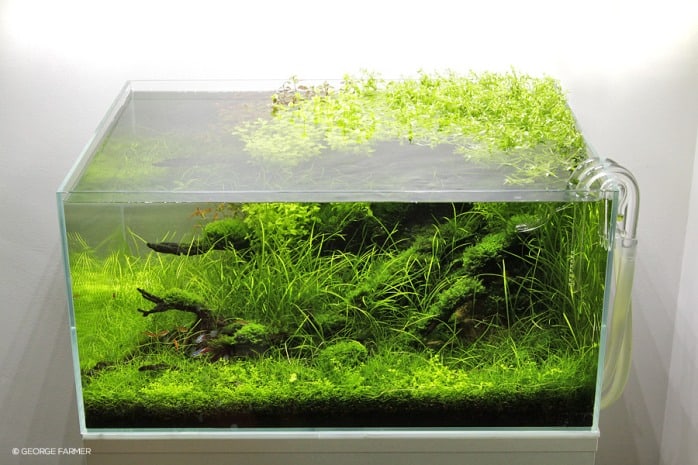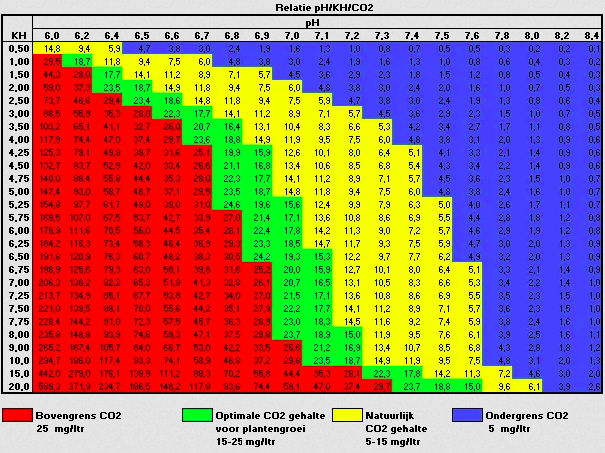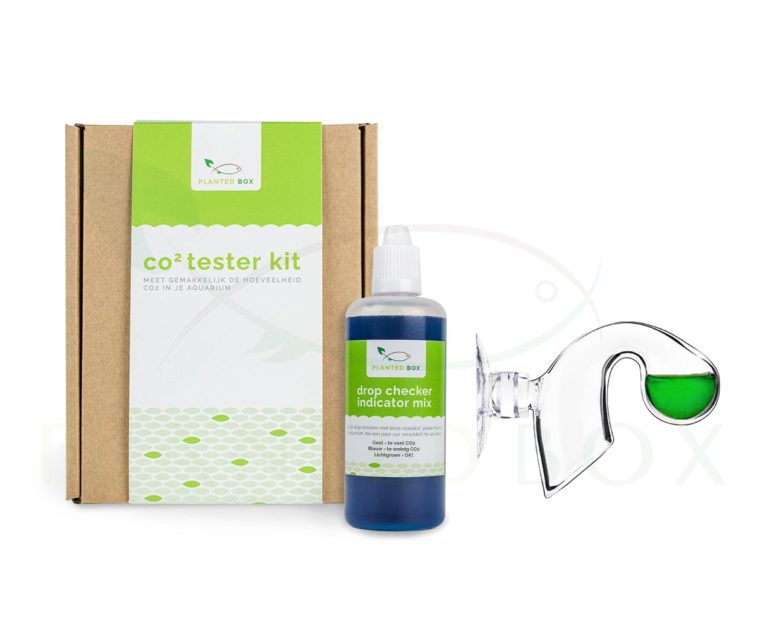CO2 reactor, atomizer of diffuser?
You generally have 3 ways to mix CO2 into your water:
- CO2 reactor: this is a kind of tube (see the picture below) into which the CO2 is pumped and then dissolved by the flow and “obstacles” (e.g. filter wool). This method is extremely efficient but can slow down your filter;
- CO2 atomizers: with an atomizer the CO2 is forced under high pressure through a ceramic tube, causing 1 large CO2 bubble to transform into hundreds of small bubbles that are swept along in the flow, improving the dissolve rate. An advantage is that they do not obstruct the flow of your filter. A disadvantage is that they can create a bit of “fog” in your tank;
- CO2 diffusers: this works the same way as an atomizer, but most are made of glass (do check our Pro Diffuser which is made of plastic AND is even more efficient). This makes them look particularly beautiful, but they do need to be cleaned more often.
If you want more info about the pros and cons of each CO2 system you can also read my article on AquascapingBlog.
In addition, you also have some useful accessories for your CO2 system: a good CO2 hose that can handle the high pressure, a bubble counter, possibly a drop checker …










